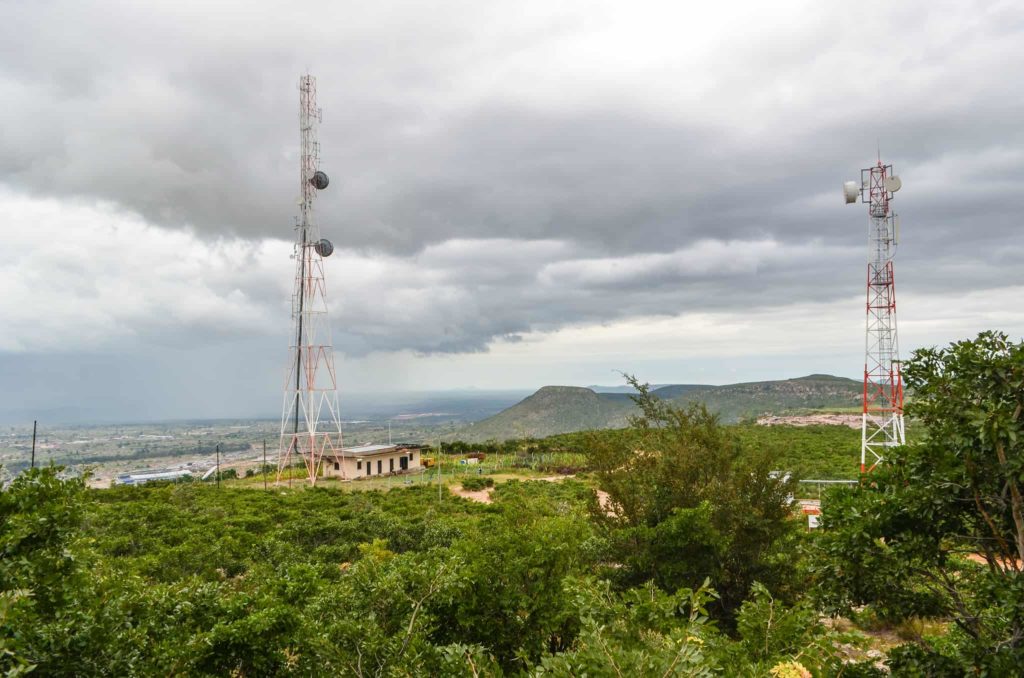Harnessing telecommunications network data for rainfall monitoring in developing countries
Filling a key information gap can make it easier to provide insurance to smallholders.
The lack of accurate rainfall measurements in developing countries poses problems in monitoring crop yields, which in turn can make it difficult for the providers of rainfall-based index insurance to gauge risks and set rates accurately.
Existing instruments available for monitoring rainfall—including rain gauges, radar, and satellites—all have limitations. For example, rain gauges provide a local observation that does not faithfully represent the measured region in its entirety. Satellite rainfall retrievals made from space may be inaccurate near ground level. Due to budgetary constraints, rain gauges and radar equipment are often sparingly deployed in developing countries.
A new initiative led by researchers from IFPRI, Cornell University, and the Israeli startup AtmosCell Labs will use commercial microwave links (CMLs) to estimate rainfall in crop production monitoring and help design better rainfall-based index insurance in developing countries. The proposed approach has huge potential to provide extensive rainfall measurements from low-income countries where weather-monitoring capabilities are often quite limited.
CMLs form the infrastructure for data transmission between cellular communication base stations. These wireless microwave links are widely deployed by cellular providers and typically situated just a few tens of meters above ground level. Rainfall causes attenuation to the radio beams between transmitter and receiver in the network. As a result, quantitative precipitation estimates can be made based on changes observed in the quality of the electromagnetic signals.
This is a sustainable long-term solution, as it relies on existing infrastructure and data collection by telecommunication companies. The implementation cost is minimal because the data is already collected and logged by many cellular operators in the course of monitoring quality of service anyway.
Since wireless communication systems are widely installed in the field, they can be used as a complementary tool and as a replacement for conventional instruments where those aren’t available. Many CMLs are installed in mountainous regions and other hard-to-reach areas, enabling observations in places that have been hard to access in the past or where rainfall has never been measured before.
Read the full article here.
For more about the Inspire Challenge project, “Using commerical microwave links (CML) to estimate rainfalls,” visit the project page.
Photo credit: J.B. Dodane






